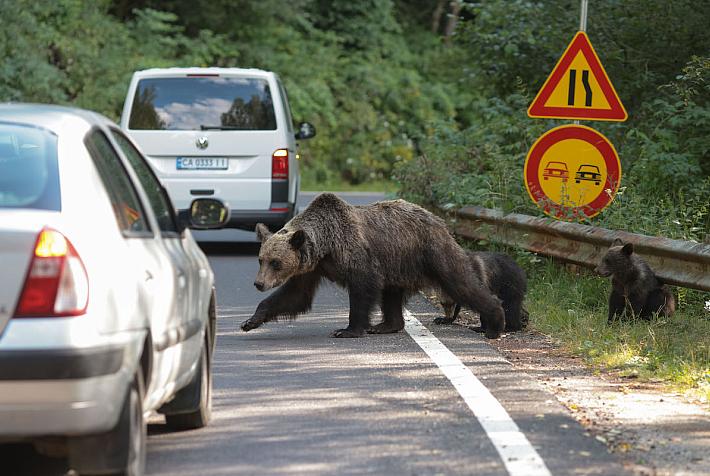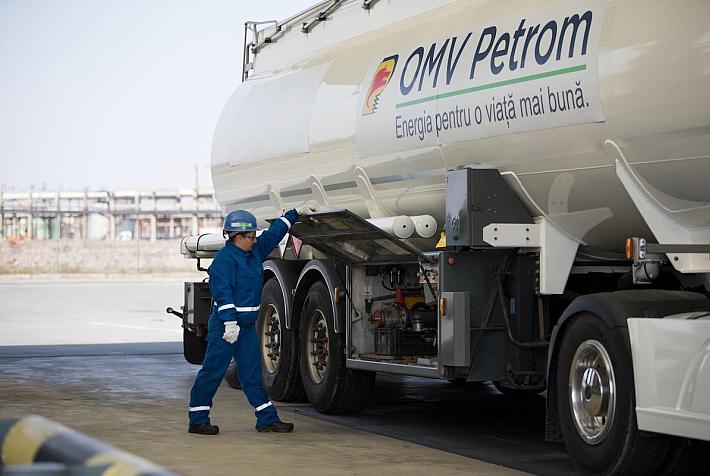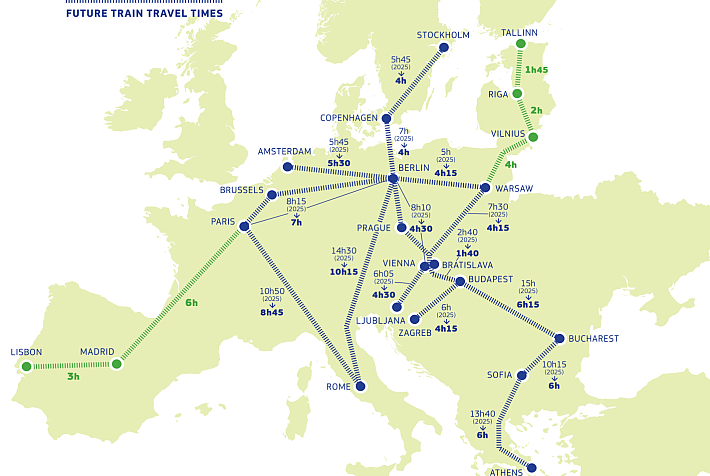How many farms are there in Romania?
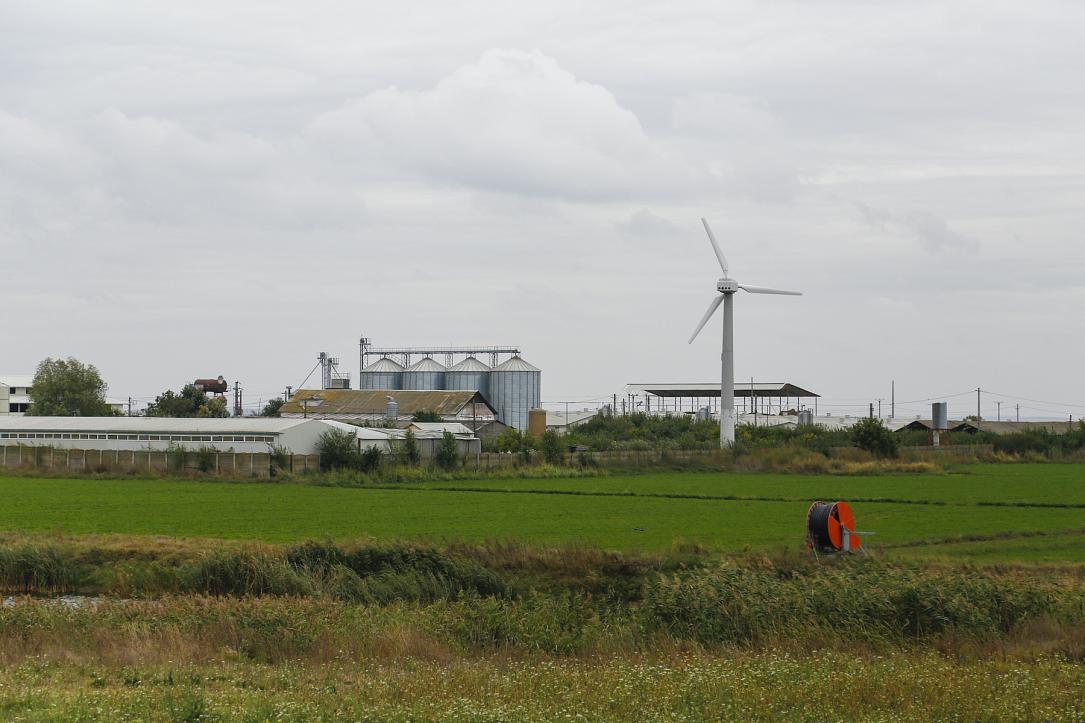
The latest agriculture census shows a significant drop in the total number of farms in Romania, but what’s the reality behind the numbers?
This exclusive Romania Insider article brings you the latest official data about the number of farms, the total surface used in agriculture, the top crops and the agriculture workforce resources in Romania. You can read this article and support us to write more such analyses by getting a Romania Insider membership. With our Premium membership, you will also get seven premium newsletters, including the monthly RI Agriculture newsletter.
Almost one million farms, mainly small family farms, disappeared from Romania between 2010 and 2020. However, the statistics also point to a consolidation trend in Romania’s agriculture as the share of the large agricultural exploitations in the total number of farms has increased while the share of very small ones has declined.
These trends have been supported by the EU funded programs for local farmers, which come with certain requirements in terms of farm size and economic viability.
Another factor that has contributed to the overall decline in the number of farms was the massive population migration in the last ten years. Many Romanians from the countryside have given up subsistence farming and left the country looking for higher income by working abroad.
Every year, thousands of Romanians go to Western Europe as seasonal workers in agriculture. Besides the extra money they make there, they bring home knowledge and new, modern agriculture techniques they pick up at the farms they work in Italy, Spain, Germany, Belgium and the Netherlands.
As a result, hundreds of new farms appear in Romania every year. They use EU funds or state-subsidized loans to buy modern equipment and some of them apply new, digital technologies for crop monitoring and farm management.
While the overall number of farms in Romania may continue to decline, the quality of the country’s agriculture sector seems to be improving.
Fewer farms but higher average surfaces used
In 2020, there were 2.89 million agricultural exploitations in Romania, down by 25.2% compared to 2010, reveals the latest agriculture census carried out by the National Statistics Institute (INS).
Meanwhile, the total surface of land used by the local farms declined by only 4.1% to 12.8 million hectares. As a result, the average surface of land used by a local farm increased by 28%, from 3,45 hectares to 4.42 hectares.

“The downward trend in the number of agricultural holdings, in particular very small ones, was reflected in the structure of agricultural holdings: the share of farms with a utilized agricultural area of less than 0,1 ha declined from 10.3% in 2010 to 4.3% in 2020 and the share of agricultural holdings using surfaces larger than 10 ha increased from 2.2% in 2010 to 4.2% in 2020,” INS said in a press release.
However, the consolidation of local farms is a slow process and Romania still has the largest number of small farms in the EU. Over 54% of the total number of farms in Romania are very small family exploitations that use less than one hectare of land on average. This is because many Romanians living in the countryside have small gardens at home which they cultivate to cover their own needs. Most of these farms don’t get any form of subsidy from the state or the EU.
Less than 900,000 farms in Romania get subsidies, according to Agrointel.ro.
More arable land, fewer pastures
The INS agricultural census also reveals that, while the overall surface of land used for agriculture declined in Romania between 2010 and 2020, the land area used for yearly crops (arable land) and permanent crops (orchards, vineyards and berry plantations) has increased while the area of pastures has declined.
Of the total area used for agriculture – of 12.76 million hectares – over 8.57 million hectares was arable land in 2020, 3.1% more compared to 2010.
The top crops in 2020 in terms of land used were maize, wheat, sunflower and rapeseed, which covered 73.1% of the total arable area used in 2020, up from 67.7% in 2010. The areas cultivated with maize and sunflower increased significantly over the 10-year period.
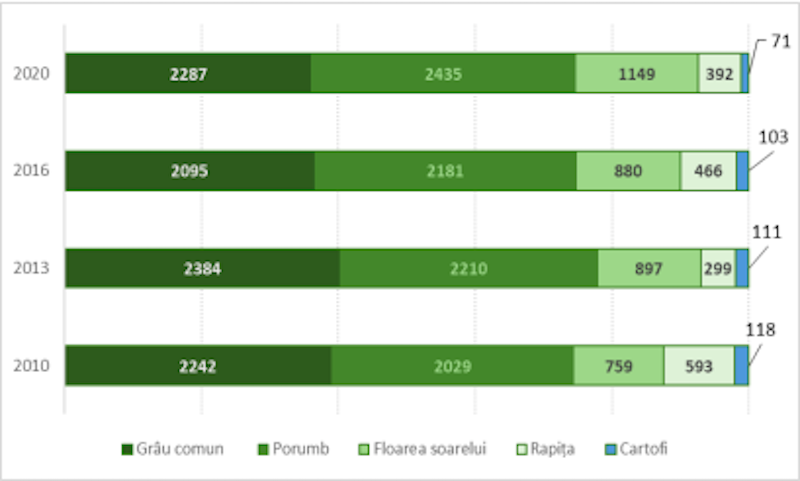
Significant drop in local work resources for agriculture
A significant problem for the local agriculture sector is the significant drop in the local work resources. Romania’s resident population has dropped by over 1 million people since January 1, 2010, mainly due to a steady migration of the local labor force to Western Europe. At the same time, tens of thousands of Romanians from the countryside temporarily leave the country each year to work as seasonal workers in other EU countries.
This phenomenon has led to a significant shortage of labor resources in the local agriculture sector.
In 2020, the volume of work on Romanian farms, expressed in annual work units (AWU), was just over one million, down by about 39% compared to that recorded in 2010, according to INS. This drop is the equivalent of over 600,000 full-time workers.
The annual work unit (AWU) is the full-time equivalent employment - the total hours worked divided by the average annual hours worked in full-time jobs in the country. One annual work unit corresponds to the work performed by one person who is occupied on an agricultural holding on a full-time basis.
Faced with this situation, local farms have to modernize in order to survive and remain competitive. Investments in modern agricultural equipment and new technologies are one way to compensate for the lower labor resources. Higher wages for qualified agriculture workers and the workforce import from Asia may also become trends in the local agriculture sector in the following years.
editor@romania-insider.com
(Photo source: Adrea | Dreamstime.com)







